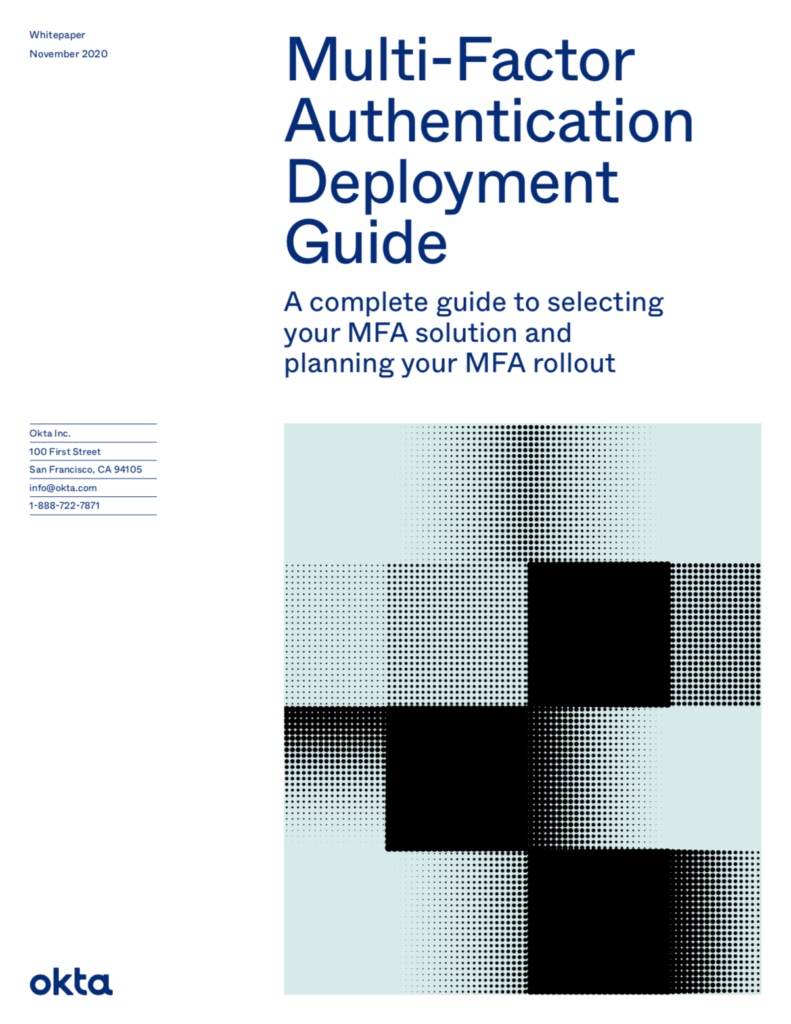
Multi-factor Authentication Deployment Guide

As threats to password security have increased in recent years, multi-factor authentication (MFA) has rapidly gained adoption as a method for increasing the assurance of authentication for consumer and enterprise web and mobile applications.
Authentication is generally accomplished by validating one of three types of factors: something you know (e.g. a password), something you have (e.g. an ID card), and something you are (e.g. a fingerprint). Multi-factor authentication employs two or more types of factors.
Web and mobile products most commonly employ the use of multi-factor authentication with a password used in conjunction with a time-based token that the user possesses, a push notification to a mobile app, or biometrics. However, the various approaches to MFA vary widely and present different tradeoffs.
In this guide, we compiled information on why an MFA solution is a no-brainer, and the best practices for deploying MFA. We review the results of a survey completed in partnership with IDG that shows where the priorities of your peers lie and how Identity and Access Management (IAM) play a part in strong authentication and security. Next, we explore things to consider before deploying your MFA solution, like policies and access needs. Finally, we provide further practical advice for people building multi-factor authentication for their applications, based on our observations working with engineering and product teams.
Please fill in your information to download